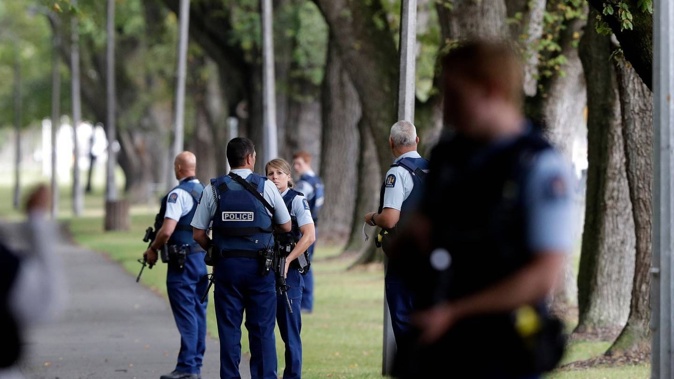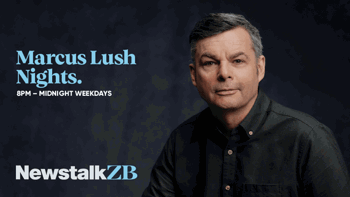
Another terrorist attack in New Zealand remains a realistic possibility and the country’s intelligence service is concerned Kiwis underestimate how wide-ranging an attack’s impact can be.
These are among the main findings from the Security Intelligence Service’s annual threat assessment report that details how global instability, persistent military conflict, geopolitical competition and increasing polarisation are contributing to “one of the most challenging national security environments in recent times”.
A chief metric in the report is New Zealand’s terrorism threat level. It continues to be “low”, meaning a terrorist attack is assessed as a realistic possibility. The threat level has been considered low since 2022.
Similar to last year’s report, it described the most plausible extremist attack to come from a “lone actor who has radicalised online and prepares for violence without any intelligence forewarning”, using weapons such as knives or vehicles.
However, today’s report has outlined a “further deterioration” of the threat environment due to a range of factors.
 New Zealand had suffered several high-profile cyberattacks in recent years. Photo / 123rf
New Zealand had suffered several high-profile cyberattacks in recent years. Photo / 123rf
Among them is competition between global powers, namely the United States and China. The report also highlighted Russia’s influence in Europe, “conflict and humanitarian crises in the Middle East”, and ongoing tension in Asia and Africa.
“Some states, including China, Russia and Iran, are willing to engage in covert or deceptive activity in order to influence discussions and decisions, or gain access to technology and information that can help them meet these goals.”
The report described China as a “particularly assertive and powerful actor” in the Pacific region.
“It has demonstrated both a willingness and capability to undertake intelligence activity that targets New Zealand’s national interests.”
It named China’s United Front Work Department, which the report described as performing actions that were “regularly deceptive, coercive and corruptive and come with risks for New Zealand organisations”.
An increasingly polarised online environment, including a “global resurgence of the Islamic State’s propaganda”, had the potential to lead vulnerable people astray or fuel violent ideology.
“At the extreme edges, well outside of what would be considered normal social and political discourse, there is a notable degree of misplaced agitation and blame for perceived societal ills.
“Much of this rhetoric exists solely online, and its spread is aided by algorithms that push controversial content because it generates the most engagement.”
Technological innovation such as artificial intelligence (AI), while considered a tool used to find potential threats, was having a “particularly outsized impact on our threat environment”.
“AI is making harmful propaganda appear more authentic and allows it to be spread at scale and speed.”
 SIS Director-General Andrew Hampton speaking at a Parliament select committee. Photo / Mark Mitchell
SIS Director-General Andrew Hampton speaking at a Parliament select committee. Photo / Mark Mitchell
In an SIS press release, director-general Andrew Hampton said there was a “lot more people and organisations could be doing in the prevention space by looking out for early warning signs of violent extremism”.
“It is a mistake to assume the NZSIS will automatically pick up on concerning activities,” he said, noting his agency was not “all-seeing or all-knowing”.
Speaking to the Herald, Hampton said he believed Kiwis were more aware of terror threats, given the country’s two recent terror attacks and an array of cyberattacks.
“That said, I still think many individuals and organisations don’t appreciate that these threats could impact on them directly.”
Among several anonymous case studies in the report was an example of how some “influential New Zealanders” were making decisions based on misleading information from people working on behalf of foreign states.
“In one recent case, an influential decision-maker had no idea that a person they trusted was a co-optee of a foreign state. The co-optee was receiving instructions from that state on what information should be provided to the decision maker,” the report said.
Hampton confirmed the decision-maker referenced in the case study was not a central government politician.
“If anything, what we have seen is the focus of this activity shifting more to the subnational level, more towards local government.”
Adam Pearse is the deputy political editor and part of the NZ Herald’s press gallery team based at Parliament in Wellington. He has worked for NZME since 2018, reporting for the Northern Advocate in Whangārei and the Herald in Auckland.
Take your Radio, Podcasts and Music with you









